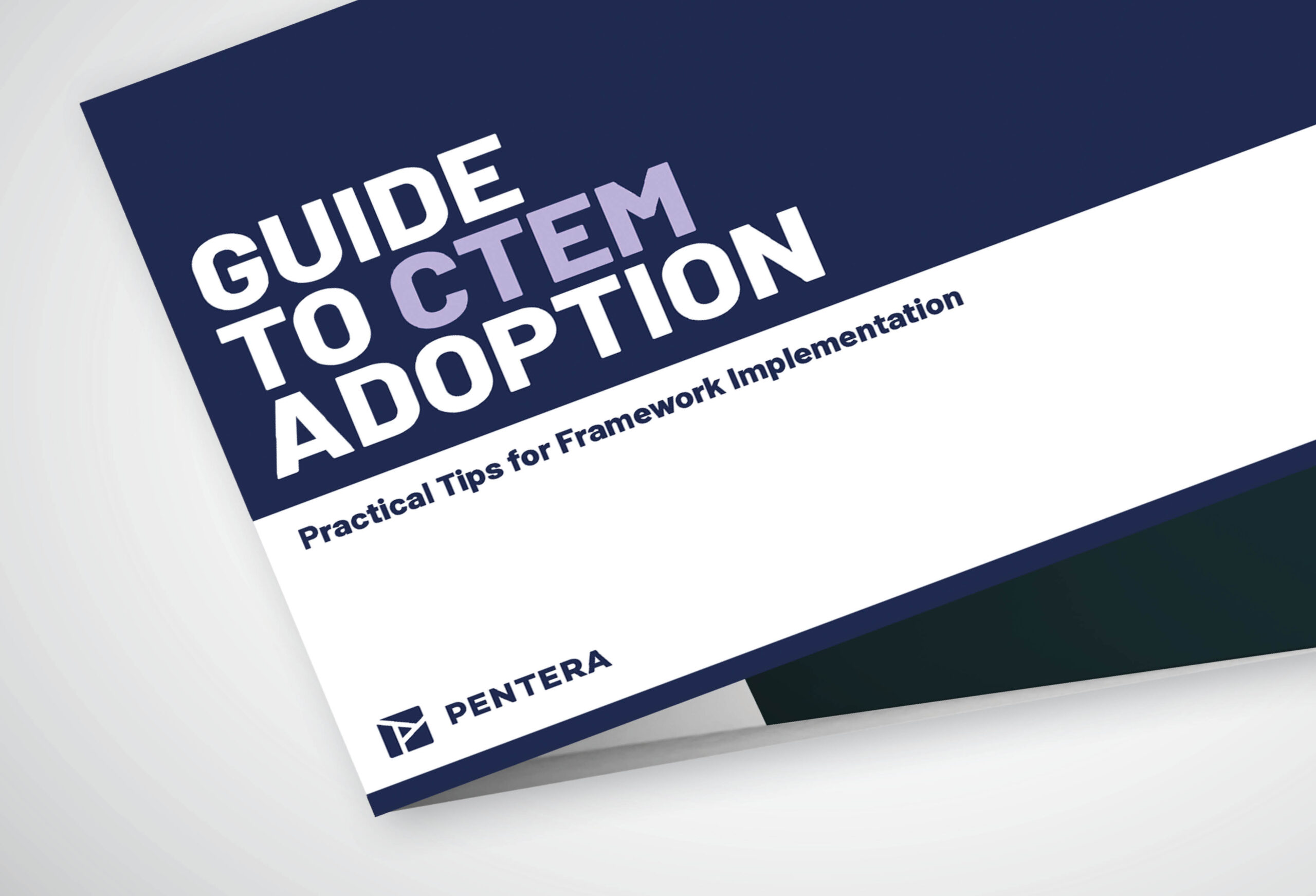What is Adversary Emulation?
Adversary emulation is a cybersecurity assessment method that replicates the tactics, techniques, and procedures (TTPs) of real-world threat actors to evaluate and improve an organization’s security defenses. By mimicking specific adversaries’ behaviors, it provides actionable insights into vulnerabilities and validates the effectiveness of security controls under real-world conditions.
What is Threat Simulation?
Often used interchangeably with adversary emulation, threat simulation assesses an organization’s resilience against a range of attacks rather than a specific adversary. While adversary emulation is adversary-specific, threat simulation focuses on testing various techniques to evaluate overall security posture.
How Does Adversary Emulation Work?
Adversary emulation follows a systematic approach to simulate advanced attacks:
- Threat Intelligence Gathering: Analyze the behaviors, tools, and methods of relevant adversaries targeting your industry.
- Attack Scenario Design: Develop realistic attack scenarios based on observed adversary tactics.
- Execution of Simulated Attacks: Conduct emulations in a controlled environment to observe detection and response effectiveness.
-
Map TTPs to ATT&CK: Use MITRE ATT&CK to align techniques with real-world behaviors.
- Analysis and Reporting: Identify gaps, validate security controls, and recommend improvements.
- Remediation Prioritization: Plan how to minimize exposure and strengthen your security posture.
- Rinse & Repeat
Benefits of Adversary Emulation and Threat Simulation
- Enhanced Security Posture: Test and refine your people, processes, and technologies against real-world adversaries.
- Improved Incident Response: Strengthen detection, containment, and recovery processes.
- Risk Prioritization: Focus on addressing vulnerabilities with the highest business impact.
- Alignment with Frameworks: Leverage frameworks like MITRE ATT&CK for standardized assessment.
- Actionable Insights: Gain data-driven recommendations to improve overall resilience.
Examples of Adversary Emulation
- APT Simulation: Mimicking tactics used by Advanced Persistent Threat (APT) groups, including lateral movement and persistence techniques.
- Ransomware Emulation: Testing response readiness against simulated ransomware attacks.
- Phishing Simulation: Assessing user and system responses to targeted phishing campaigns.
Adversary Emulation vs. Threat Simulation
| Aspect | Adversary Emulation | Threat Simulation |
| Focus | Specific threat actor TTPs | Broad attack scenarios |
| Purpose | Mimic a known adversary to test defenses | Assess resilience against varied attack techniques |
| Example | Emulating APT29 techniques for network compromise | Testing defenses with common phishing or malware attacks |
| Scope | Narrow and precise | Broad and generalized |
How to Perform Attacker Emulation
- Gather Threat Intelligence: Identify adversaries relevant to your sector.
- Map TTPs to ATT&CK: Use MITRE ATT&CK to align techniques with real-world behaviors.
- Develop an Emulation Plan: Design test cases that reflect real attacker behavior.
- Deploy Simulations: Execute controlled emulations using tools like Pentera or MITRE Caldera.
- Collaborate Across Teams: Engage red and blue teams to evaluate defenses and response effectiveness.
Adversary emulation and threat simulation are essential for organizations looking to move beyond traditional security testing and proactively strengthen their defenses. By replicating real-world attack techniques, these methods provide valuable insights into security gaps, detection capabilities, and incident response effectiveness. With the ever-evolving threat landscape, continuous validation is critical to staying ahead of adversaries and ensuring resilience.
To see how automated adversary emulation can help you identify and address security threats before they emerge, test your defenses with Pentera.
Accelerate Your Exposure Validation Strategy
Download our Guide to CTEM Adoption.


